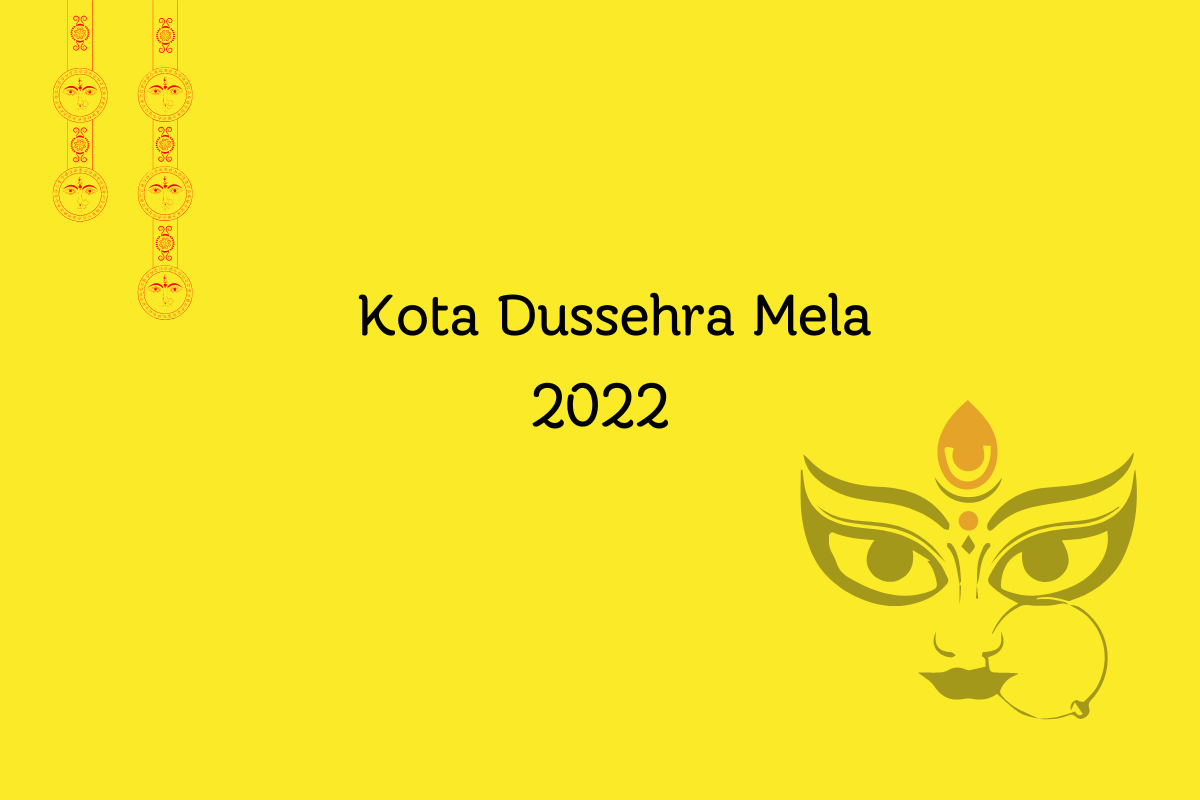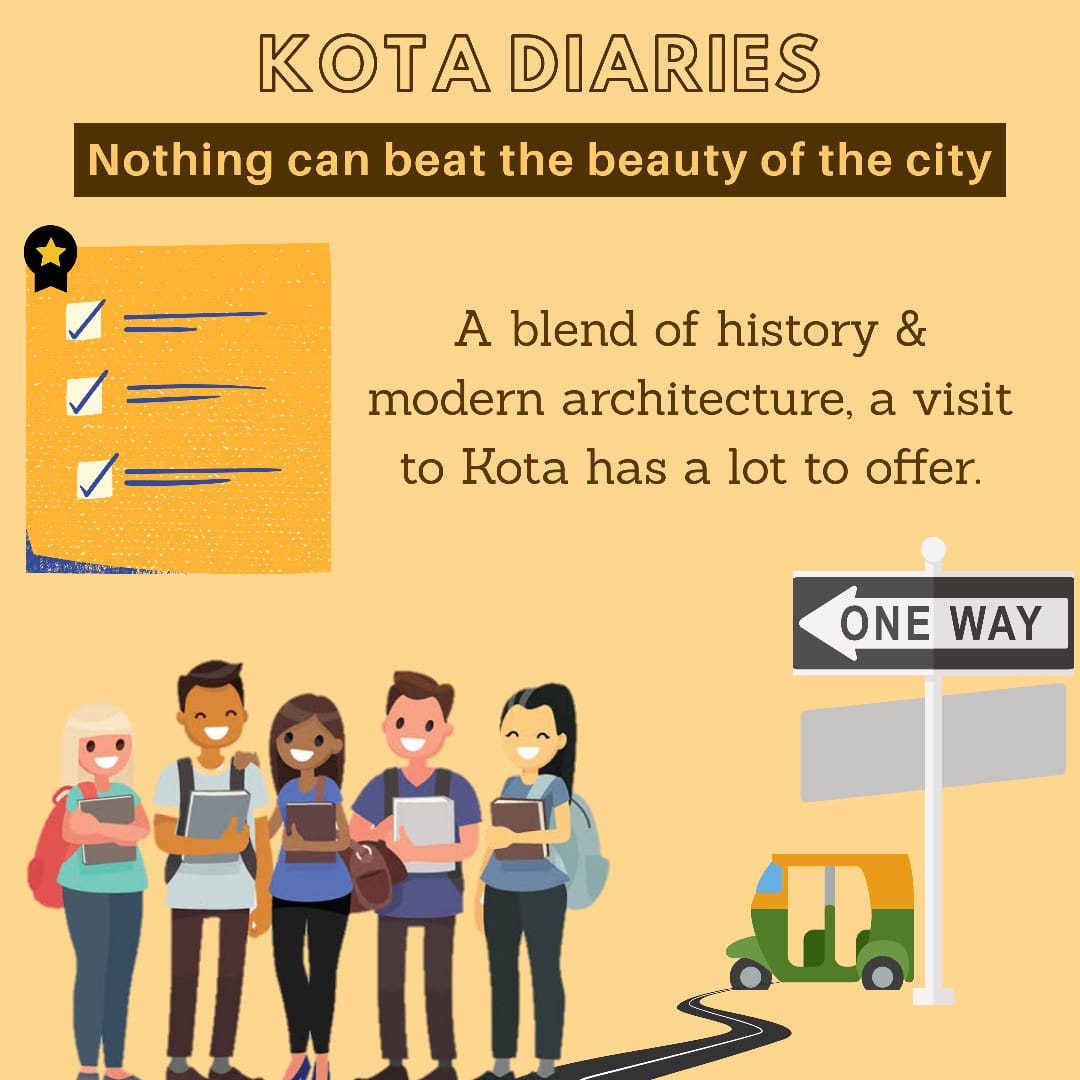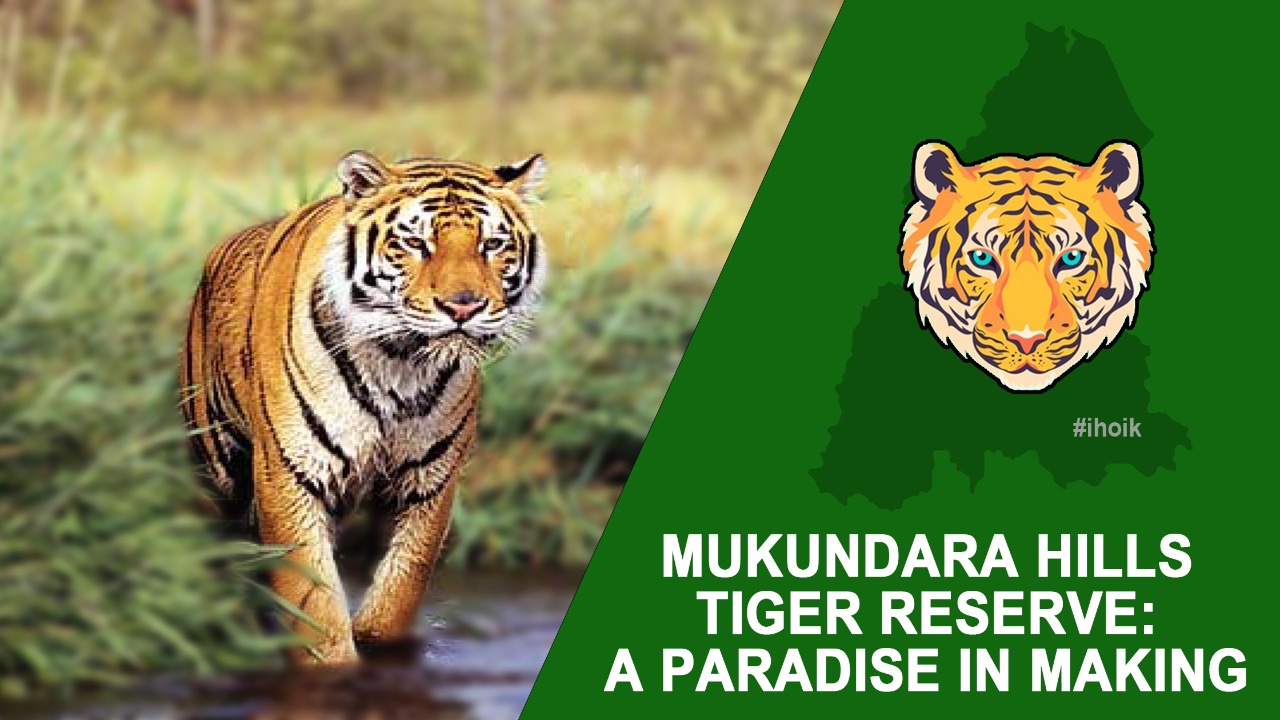Uncertainty surrounds the city’s name, Goa. Many different names, including Gomanchala, Gopakapattana, Gopakapattam, Gopakapuri, Govapuri, and Gomantak, were used to refer to Goa in ancient literature. Goa has also been known historically by the names Sindapur, Sandbur, and Mahassapatam.
One of the most important dates in Goa’s history is Goa Liberation Day, which is celebrated on December 19 each year throughout India. Goa is one of India’s smallest states and is situated around 250 miles south of Mumbai. For the previous 450 years, Goa was a Portuguese territory. The day on December 19, 1961, when Indian armed forces liberated Goa from Portuguese domination, is commemorated as Goa Liberation Day. The day is particularly significant for celebrating the accomplishments Goa has made recently, including setting landmarks in the tourism industry and preserving its status as the Indian state with the highest per capita income.
Stages of Goa’s Liberation
8,500–300 BC
The Usgalimal rock engravings show some of the earliest signs of human habitation in India, and the Mauryan and Satavahana Empires ruled over modern-day Goa during the Iron Age. Despite being the smallest state by area in India today, Goa has a long and varied history.
1510
Afonso de Albuquerque, the governor of Portuguese India, captures Goa despite though it wasn’t one of the places he was supposed to take control of. This leads to the Portuguese invasion of Goa.
1947
India gains independence from the British after nearly 200 years of colonial control, but the Portuguese are adamant about keeping Goa.
1961
The 451-year Portuguese era in the area comes to an end as Indian troops retake the Goan territory.
History of Goa’s Liberation
Estado da India was the aggregate name for the Portuguese settlements in India. They were India’s first colonial holdings and were founded in the 1400s. It included the Goa, Daman and Diu, and Dadra and Nagar Haveli districts. In spite of India’s separation from the British Empire in August 1947, Portugal kept its enclaves.
Tristóo de Bragança Cunha, a French-educated Goan engineer who established the Goa Congress Committee in Portuguese India in 1928, is credited with giving Portuguese resistance its first concrete form in the early 20th century.
After the 1940s, the Portuguese cracked down on the Goan independence movement harshly, making numerous arrests and firing cops. Throughout the time, there were a lot of peaceful protests and large-scale demonstrations. Armed groups like the Azad Gomantak Dal and the United Front of Goans carried out violent attacks in addition to the nonviolent protests to undermine Portuguese control.
On February 27, 1950, the Indian government started diplomatic talks to peacefully give over the enclaves. António de Oliveira Salazar, the prime minister of Portugal, argued that Goa and the other enclaves were not colonies but rather a part of metropolitan Portugal, making their transfer into Portugal impossible.
Cunha was chosen as the Goa Congress’ first president. The Goa Congress was also made an affiliate of the Indian National Congress, which was founded on December 28, 1885. Salazar further argued that Goa’s Portuguese authority predated the republic of India because it did not exist at the time. On June 11, 1953, India retracted its diplomatic delegation from Lisbon after further negotiations fell apart.
When unarmed Indian activists seeking to enter Goa were fired upon by Portuguese police on August 15, 1955, resulting in between 21 and 30 deaths and sparking resentment against the country’s ongoing Portuguese presence, tensions between Lisbon and New Delhi reached a breaking point. India closed its consulate in Goa as a result of this incident in September 1955.
On December 17, 1961, in the early hours, hostilities started in Goa. The Portuguese garrison in Goa was routed by the Indian Army’s superior numbers in a combined Land, Sea, and Air campaign.
The majority of Goa had been conquered by Indian soldiers by the evening of December 18th. Goa was to be held at all costs until troops could be sent from Portugal, according to the directives from Lisbon. A scorched earth policy was to be implemented as a last-ditch effort to keep Goa from succumbing to Indian forces if the situation became even more precarious.
Governor-General Manuel António Vassalo e Silva decided to surrender despite Prime Minister Salazar’s orders after weighing the Indian troops’ numerical advantage against his own forces’ access to food and ammunition. He was aware that no reinforcements would arrive because Egypt had prevented the Portuguese Navy from entering the Suez Canal. The Egyptians took the step in retaliation for India supporting Egypt during the 1956 Suez Crisis.
Silva gave the Indian forces the order to accept the surrender of all Portuguese soldiers under his control. The document of surrender was signed during a ceremony on December 19 to officially end Goa’s 451-year Portuguese rule. In the course of the two-day conflict, 4,688 military personnel were taken prisoner, while 22 Indian and 30 Portuguese soldiers lost their lives.
After Goa was freed, Major General Candeth assumed control as military governor. On June 8, 1962, the Central Government nominated Goa’s first lieutenant governor, and the government was handed over to civilians.
In the general elections that took place in December 1962, the Maharashtrawadi Gomantak Party (MGP) won. The first popularly elected administration was sworn in on December 20, 1962, with Dayanand Bandodkar serving as the first chief minister.
An effort to unite Goa with Maharashtra was started soon after because of the two states’ strong linguistic and cultural links. According to one theory, the Goans decided against merging and instead chose Union Territory status (direct rule by the central government).
After a brief period of military control, civilian governance took over on June 8, 1962, when Lieutenant Governor Kunhiraman Palat Candeth appointed a non-binding Consultative Council of 29 nominated members to help him manage the region. The first Chief Minister of Goa, Daman, and Diu is Dayanand Bandodkar. On May 30, 1987, Goa became the 25th state of India.
Article by Sujata Bayan


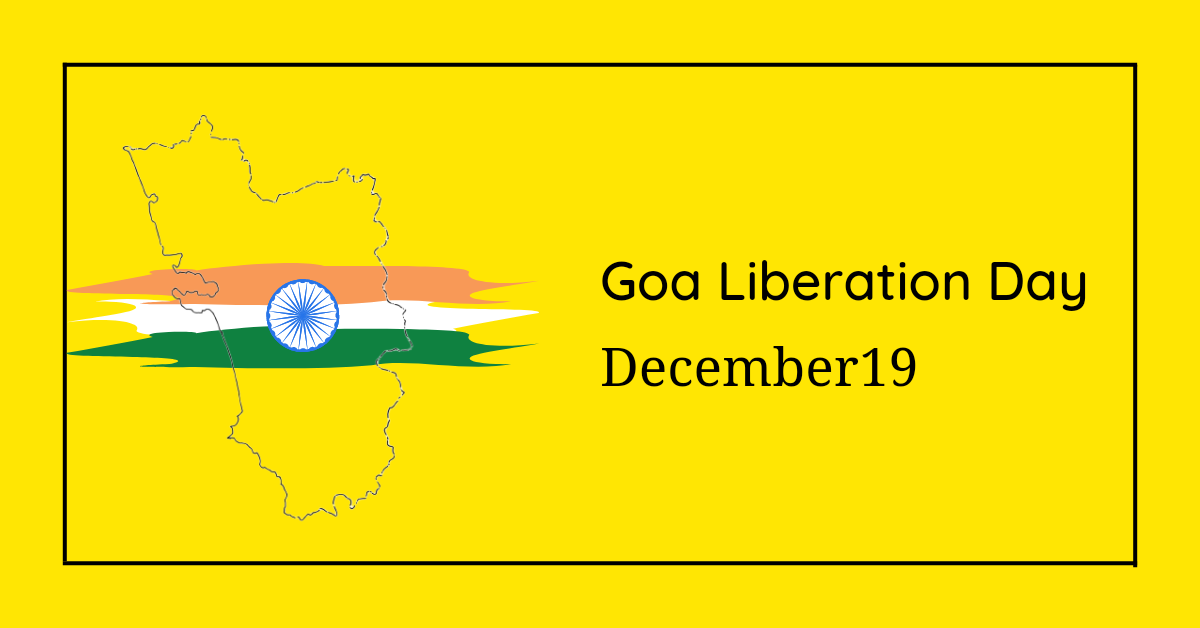

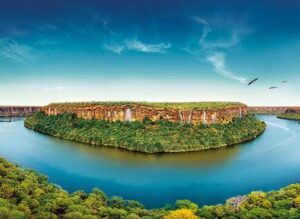



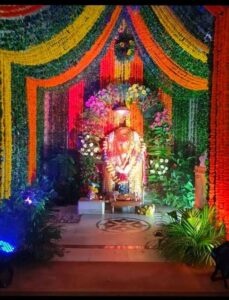


 One of the most sacred dham of Hindu Culture is considered as one of the tourist places in Kota Rajasthan. The Shivpuri Dham is dedicated to the Destroyer – Shiva and around 525 Shiva Lingas reside in the temple premises.
One of the most sacred dham of Hindu Culture is considered as one of the tourist places in Kota Rajasthan. The Shivpuri Dham is dedicated to the Destroyer – Shiva and around 525 Shiva Lingas reside in the temple premises.



